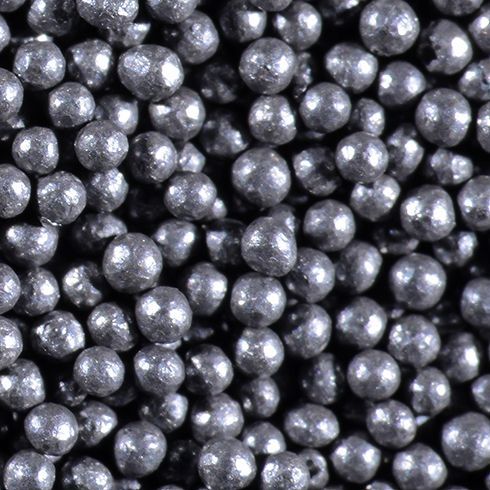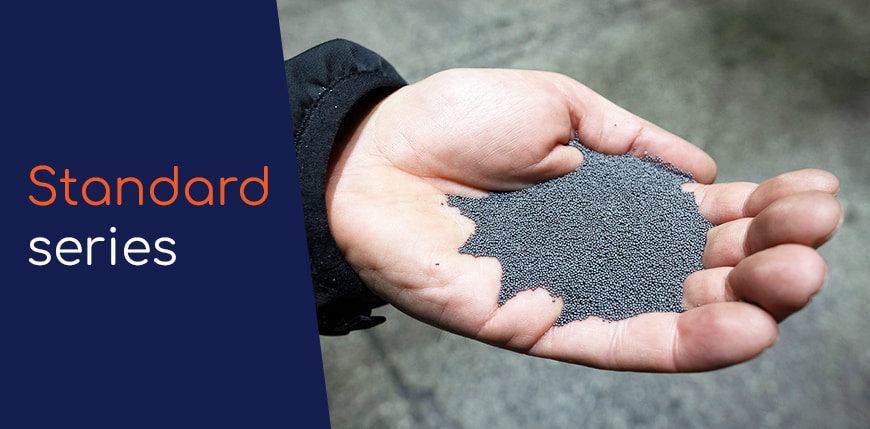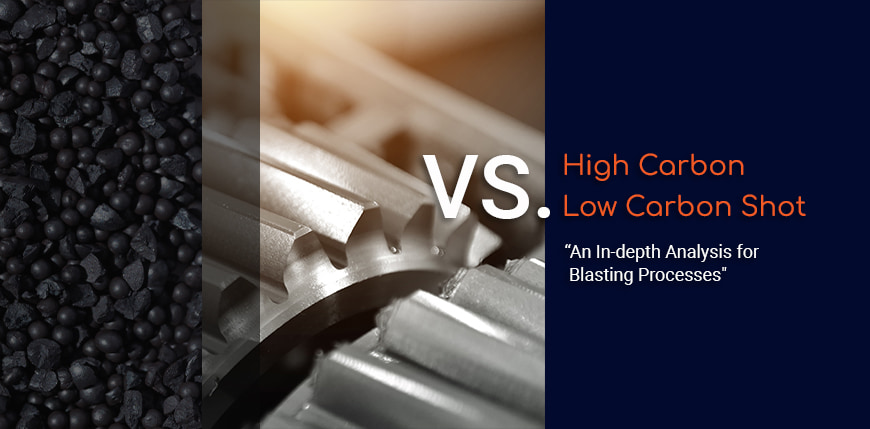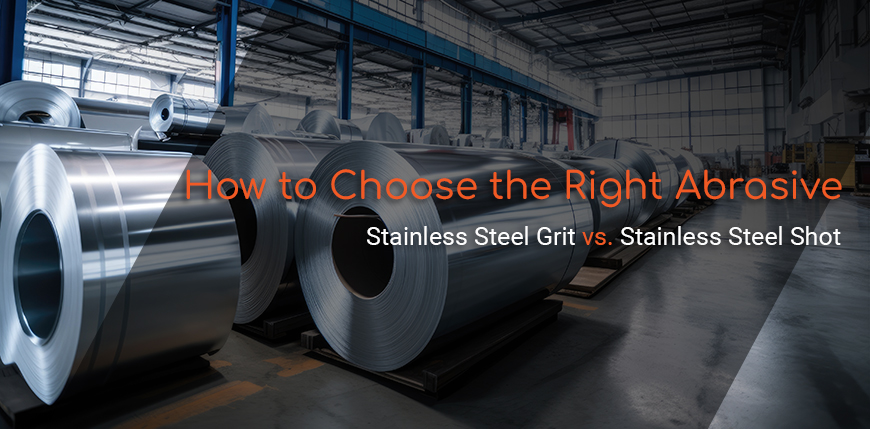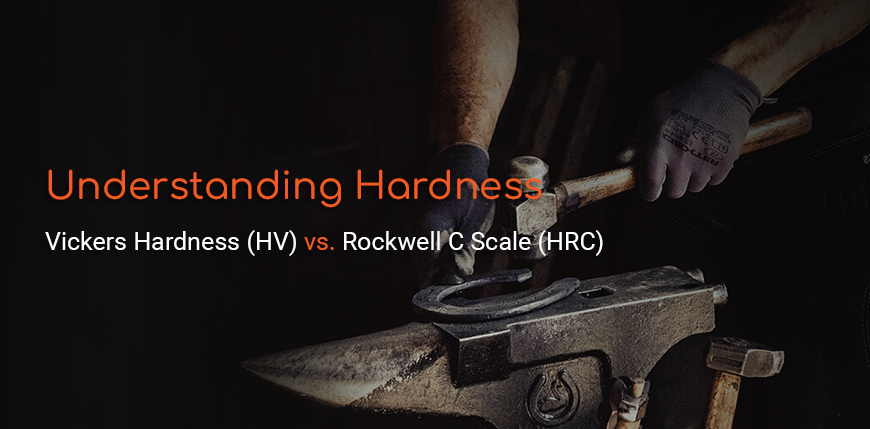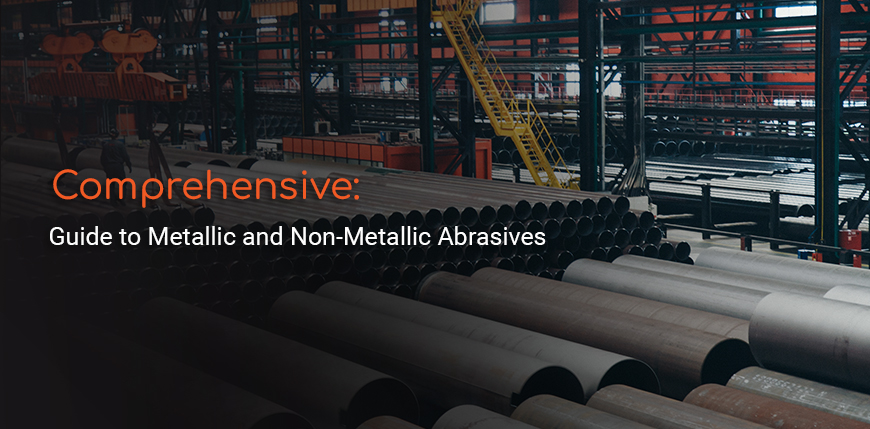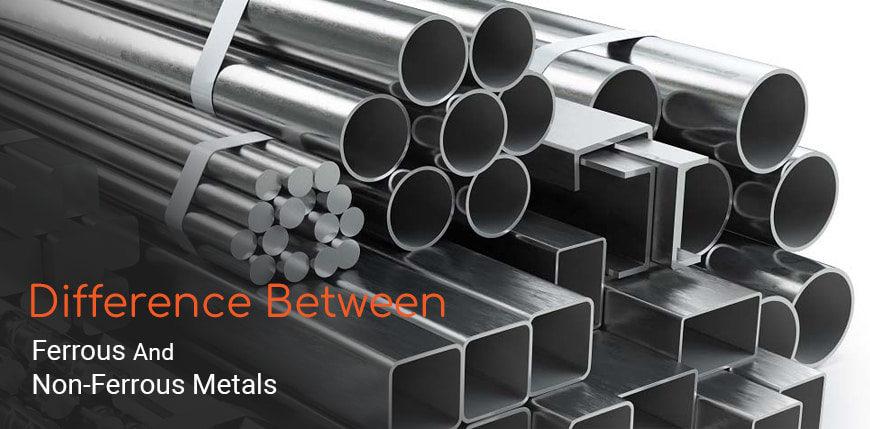
Ferrous metals
Ferrous metals include mild steel, carbon steel, stainless steel, cast iron and wrought iron. These metals are primarily used for their tensile strength and durability, particularly mild steel which helps support the tallest skyscrapers and longest bridges in the world. You can also find iron and its alloys in house construction, industrial containers, large-scale piping, automobiles, railroad tracks, most of the tools and hardware you use around the house and the knives you cook with at home.
Due to the high amounts of carbon used during their creation, most ferrous metals and ferrous alloys are vulnerable to rust when exposed to the elements. While this is not true of wrought iron, which is so pure iron that it resists oxidation, or stainless steel, which is protected due to its high chromium content. Most ferrous metals also have magnetic properties, which make them very useful in creating large motors and appliances.
Above all, ferrous metals are the most recycled materials in the world. In 2020 alone, 1.8 billion tons of steel and 500 million tons of waste materials were produced.
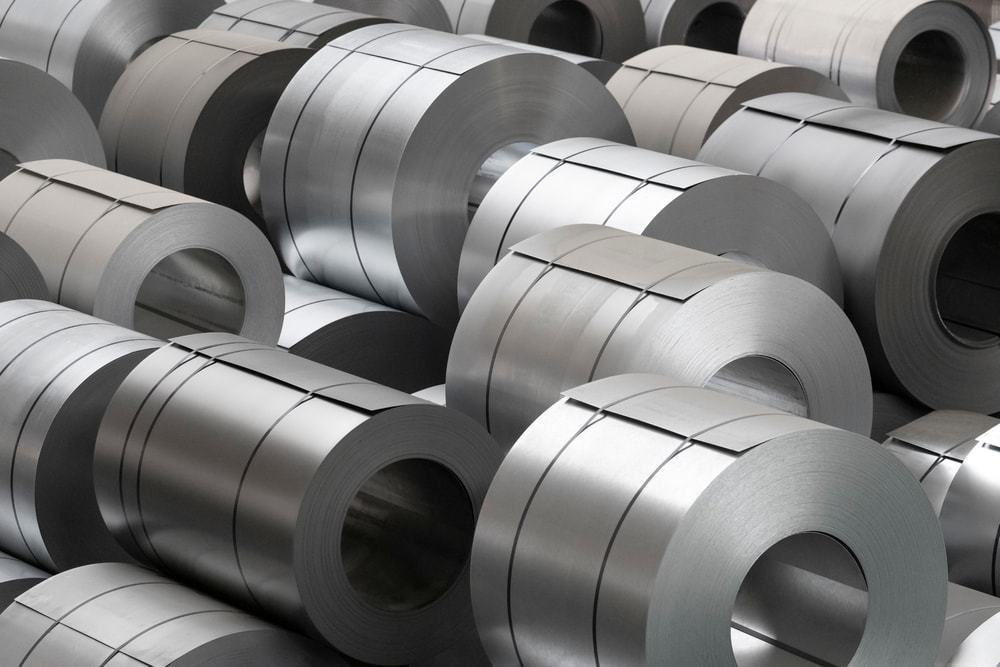

Introduction to Ferrous and Non-Ferrous Metals
Understanding the distinction between ferrous and non-ferrous metals is essential for anyone involved in industries such as construction, manufacturing, and recycling. Ferrous metals, primarily composed of iron, are known for their strength and magnetic properties, whereas non-ferrous metals, which do not contain significant amounts of iron, are prized for their corrosion resistance and malleability. This guide explores the key characteristics, applications, and recycling processes of both types of metals.
Ferrous Metals: Definition and Characteristics
Ferrous metals are those that contain iron. This category includes a variety of alloys that share common properties such as high tensile strength and magnetic characteristics. Ferrous metals are crucial in construction and manufacturing due to their durability and robustness.
Common Types of Ferrous Metals
- Mild Steel: Widely used in construction, mild steel is known for its versatility and affordability. It is used in structural beams, columns, and reinforcing bars.
- Carbon Steel: Contains higher carbon content than mild steel, making it harder but less ductile. Used in the production of cutting tools and automotive parts.
- Stainless Steel: Contains chromium, which provides corrosion resistance. It is used in kitchenware, medical instruments, and construction.
- Cast Iron: Known for its excellent castability and wear resistance. Used in heavy-duty applications like engine blocks, pipes, and machinery.
- Wrought Iron: Almost pure iron with a small amount of slag. It is malleable and resistant to corrosion, often used in decorative applications and historical restorations.
Applications of Ferrous Metals
- Construction and Infrastructure: Ferrous metals, especially mild and carbon steel, are foundational materials in the construction of buildings, bridges, and infrastructure projects.
- Industrial Containers and Piping: Used for their strength and durability in large-scale industrial containers and piping systems.
- Transportation: Automobiles, railroad tracks, and ships rely heavily on ferrous metals for their structural components.
- Household Tools and Appliances: Common in tools, hardware, and appliances due to their strength and magnetic properties.
Properties of Ferrous Metals
- Tensile Strength and Durability: Ferrous metals are known for their ability to withstand significant force and pressure, making them ideal for structural applications.
- Vulnerability to Rust: Most ferrous metals can rust when exposed to moisture and oxygen, except for stainless steel and wrought iron.
- Magnetic Properties: The presence of iron gives these metals magnetic properties, useful in various industrial applications.
- Recyclability: Ferrous metals are the most recycled materials globally, with steel recycling being particularly prevalent.
Non-ferrous metals
The term non-ferrous metals refers to all metals that do not fall within the group of iron or its alloys such as: aluminum, copper, silver, gold, lead, tin, titanium, alkali metals such as sodium and potassium, alkaline earth metals such as calcium and barium.
Non-ferrous metals combined with other metals, give life to a multiplicity of alloys that can improve the mechanical performance, workability, resistance to corrosion and high temperatures of the base metal.
Non-ferrous metals are usually divided into three categories, based on their volumetric mass: metals such as copper, lead, nickel, tin, zinc are defined as heavy metals having a mass greater than 5000 kg per cubic meter. Metals such as aluminum and titanium defined as light ranging from 2000 to 5000 kg per cubic meter. Metals such as magnesium with less than 2000 kg per cubic meter.
Non-ferrous metals have their own peculiarities and are mainly used where their differences from ferrous metals can provide an advantage. For example, non-ferrous metals are much more malleable than ferrous metals. Non-ferrous metals are also much lighter, making them suitable for use where strength is needed, but weight is a factor, such as in the aviation or canning industry. Because they do not contain iron, non-ferrous metals have greater resistance to rust and corrosion, which is why you will find these materials in use for gutters, water pipes, roofing and road signs. Finally, they are also non-magnetic, which makes them perfect for use in small electronic devices and as electrical cables.
When it comes to recycling, aluminum is the third most recycled material in the world. However, many other non-ferrous materials such as copper, brass and lead are relatively scarce and metallurgists rely heavily on recycling waste materials to create new ones.
Common Types of Non-Ferrous Metals
- Aluminum: Lightweight and corrosion-resistant, used in the aerospace industry, packaging, and construction.
- Copper: Known for its excellent electrical conductivity, used in electrical wiring and plumbing.
- Silver and Gold: Precious metals used in jewelry, electronics, and as monetary assets.
- Lead: Dense and corrosion-resistant, used in batteries and protective shielding.
- Tin: Used as a coating for other metals to prevent corrosion and in alloys like bronze.
- Titanium: Strong and lightweight, used in aerospace, medical devices, and high-performance applications.
- Alkali Metals (Sodium, Potassium): Highly reactive, used in chemical processes and batteries.
- Alkaline Earth Metals (Calcium, Barium): Used in various industrial processes and manufacturing.


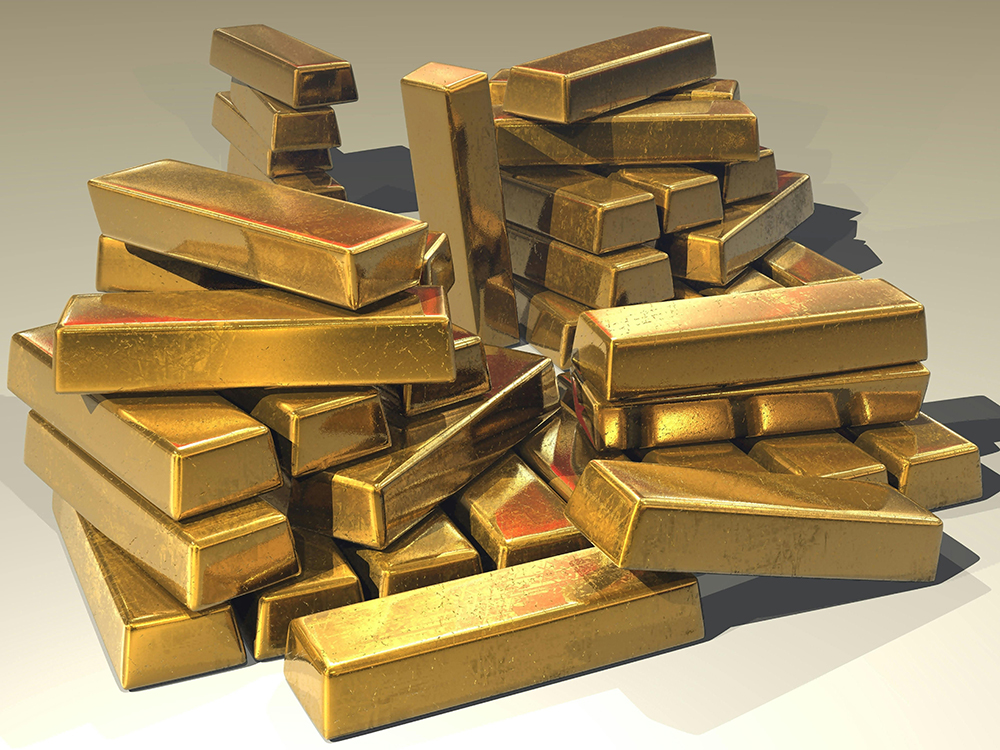

Categories of Non-Ferrous Metals Based on Density
- Heavy Metals: Metals like copper, lead, nickel, tin, and zinc with a mass greater than 5000 kg per cubic meter.
- Light Metals: Metals such as aluminum and titanium with a mass ranging from 2000 to 5000 kg per cubic meter.
- Very Light Metals: Metals like magnesium with a mass less than 2000 kg per cubic meter.
Properties of Non-Ferrous Metals
- Malleability: Non-ferrous metals can be easily shaped and formed, making them suitable for various manufacturing processes.
- Lightweight: Their lower density makes them ideal for applications where weight reduction is crucial, such as in aerospace.
- Corrosion Resistance: These metals do not rust, making them perfect for outdoor and marine applications.
- Non-Magnetic Nature: Non-ferrous metals are used in applications where magnetic interference is a concern, such as in electronic devices.
Recycling of Ferrous and Non-Ferrous Metals
- Recycling of Steel: Steel is the most recycled material globally, with significant environmental and economic benefits.
- Recycling of Aluminum: As the third most recycled material, aluminum recycling conserves resources and energy.
- Recycling Other Non-Ferrous Metals: Metals like copper, brass, and lead are also heavily recycled, reducing the need for new mining and processing, and conserving natural resources.
Expertise in Ferrous and Non-Ferrous Metals
The unique properties and applications of ferrous and non-ferrous metals require a precise and informed approach to their selection and use. Expert guidance in this field is invaluable, offering insights into the most effective metals and techniques for specific industrial applications. Whether you're working with the tensile strength of ferrous metals for construction and infrastructure projects or leveraging the corrosion resistance of non-ferrous metals in aerospace and electronics, collaboration with specialists ensures that each material achieves its optimal performance and longevity. By partnering with experts, industries can navigate the complexities of metal properties and applications, leading to superior outcomes and enhanced reliability in their products and structures.



